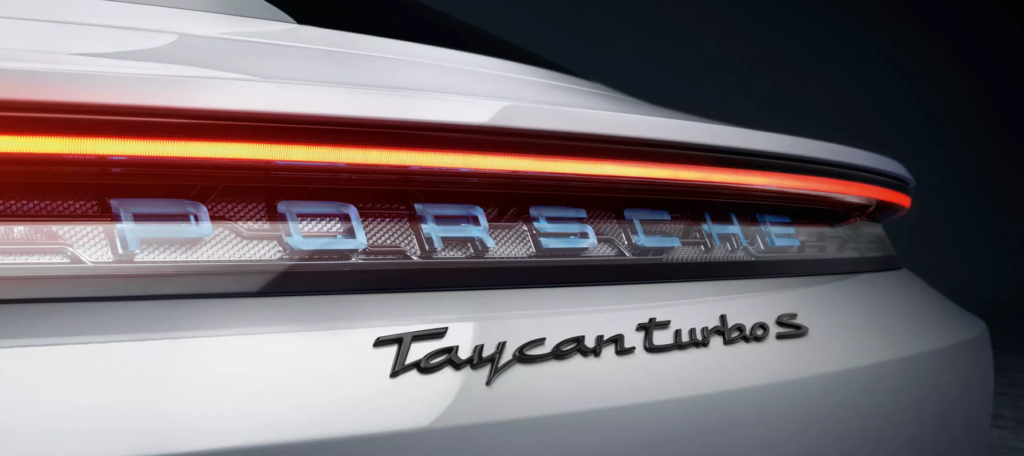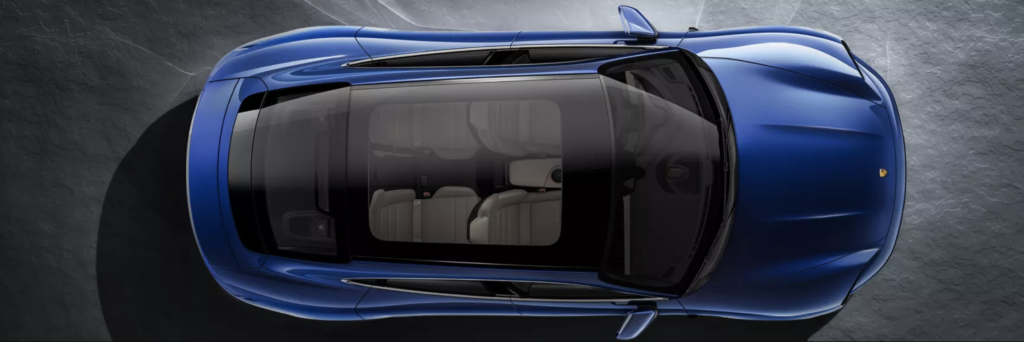The Electric Car – a topic that has been floating around for quite a while but always seemed like something that would never eventuate. Something for the future generation to worry about, almost in the same league as Flying Cars. The topic seemed so far into the future that even when manufacturers did release their own version of an electric car, they still made them look too futuristic, they were too expensive and didn’t have a suitable range in between charges to consider as a proper car. Those who like to drive also fear the electric car is the death of driving, especially if you lose engine noise and the performance that internal combustion gives for silent driving and unengaging driving characteristics.
Then in 2012, Tesla release the first electric car that resembles a normal car – the Model S – with traditional car styling, practical seating and plenty of boot space. They also release their ‘P85D’ model that gives insane amounts of acceleration (0-100 in 3.1 seconds) and All-Wheel-Drive. All of a sudden, the electric car and the future of automobiles seems a little less bleak.


Whilst Tesla have been quite successful around the world, including in Australia, it still seemed like the brand of car to buy for those who are environmentally conscious or who wanted to make a statement by driving electric. The electric car was still a niche market and not something taken overly serious by those who are enthusiastic about their driving.
That is, until Porsche entered the electric car space in August of this year by announcing their first fully electric sports car – the Porsche Taycan. While this is an interesting and exciting vehicle to enter the electric car arena, is it worthy of wearing the Porsche badge? After all, to car enthusiasts Porsche is known for building cars that excite those who drive them including arguably the all-time best driver’s car, the Porsche 911. So will the Taycan be the breath of fresh air that car enthusiasts are after in an electric car, or does internal combustion with the 911 still win?
Let’s start with the performance, comparing the top models of each – the Taycan Turbo S and the 911 GT3RS. The Taycan Turbo S delivers 560kW and 1,050Nm of torque on “Overboost Power”, designed to give you max acceleration but not conserve battery life. The GT3RS gives you an impressive 383kW of power and 470Nm from its naturally aspirated 4-litre rear mounted 6 cylinder engine. 0-100km/h in the Taycan Turbo S is a blisteringly quick 2.8 seconds, with the GT3RS achieving triple figures in 3.2 seconds. That is certainly a positive to electric driving especially when there is a performance bias – all of the motor’s torque is achieved instantly so the brutality of the acceleration and torque is unlike any other experience. The performance category is clearly won by the Taycan.
If you are a driver who doesn’t believe that driving is solely about 0-100km/h times or outright acceleration, you may be interested to see how the two compare in the handling department. The 911 has continually set the benchmark of how a sportscar should handle through the generations, and even with modern conveniences such as traction and stability controls on-board they really only work to overcome an inherently flawed engine placement in the 911. The 911 will seemingly always get through a corner even if you are not overly confident in the sweeping bends and manage to overcook it. The Taycan Turbo S on the other hand uses its electronics and chassis control to keep its huge mass of weight (mainly thanks to the batteries) in check as you corner. The suspension is firm however does not crash sway on uneven roads, and squats and pivots from one corner to the next using its weight as an asset. You could almost say that it is the best handling electric car on the planet, but it still does not compare to how a 911 corners.


For those who have been lucky enough to experience being in a Porsche, you will know that not all of the experience is about how they drive. By demanding large sums of money for an elite car, there is always an element of refinement and luxury that is expected by those who own them. The 911 GT3RS is no exception, and even though it is essentially more of a track car that you drive on the road, it is filled with premium leather with accented stitching on the seats, trim and dashboard along with plenty of Alcantara finishes. BOSE Surround Sound systems provide a premium audio experience and seamlessly integrates with the “Porsche Communication Management” infotainment screen with all of the latest technologies you would expect in a luxury car. The Taycan Turbo S takes a step further in the interior space, with the “Porsche Advanced Cockpit” providing up to 4 digital displays running across the dashboard and in front of the passenger. You can option a Panoramic fixed glass sunroof to provide an open and airy feeling inside the cabin, above and beyond the standard lightweight aluminium roof. The Taycan body is also in a 4 door, 4 seat configuration with an added focus on rear passenger comfort including being able to individually set the climate control for each seat in the car. While it is difficult to compare them both on luxury and refinement, both cars sit at the top of their game and do not disappoint.



The inherent topic of conversation when it comes to an electric car is range; especially in Australia where we need to cover long distances from time to time. The 911 GT3RS being petrol powered will never struggle to find a service station to spend a couple of minutes at before moving down the road again. Its 64L tank is very generous considering its smaller sports car dimensions, and will comfortably achieve 500km to a tank when cruising, but expect significantly less when using the car as intended or sitting in traffic. What is interesting about an electric vehicle is that it actually achieves a longer range when sitting with traffic. This is due to “brake energy regeneration” technology that actually collects extra charge from the energy generated by slowing down and braking. Porsche’s listed range for city driving for the Taycan Turbo S is 433 – 473km to a charge, with 340km to a charge when driving long distance. How long does it take to charge you ask? 22.5 minutes from a fast charger, 93 minutes from a home-installed fast charger or 9 hours (yes, hours) from a standard household power point. If you are using the Taycan as a daily driver where your commute is only a couple of hundred kilometres per day maximum, this wouldn’t be a problem. But if you plan on doing long distance trips with the Taycan you best plan well in advance to ensure there’s some fast chargers around! Before firmly giving this round to the petrol-powered GT3RS, it is worth noting costs here. Filling a 64L tank of Premium 98 Unleaded will almost always spill you over $100 each time depending on what part of the country you are in. This is a stark contrast to the maximum of $10 per charge you would see to fill the Taycan depending on where you charge and how much you pay for electricity at home. Yes, you don’t buy a Porsche to save money, but this is something still to consider.



This leads perfectly into our final topic – purchase price. While the Taycan is still a new product and will not reach Australian dealerships until the first half of 2020, the GT3RS has been on the market for a while now with plenty of success in our car-obsessed country. The Taycan Turbo S is expected to be priced below the larger Porsche Panamera (starting at $215,000) which aligns perfectly with the Taycan Turbo S’s main competition – the Tesla Model S P100D. List price on the 911 GT3RS is $326,400 (before on-roads and options) with many privately owned and low mileage cars selling into the $400,000+ range depending on options. This puts quite a price difference between the two – but as previously mentioned you are not usually purchasing a Porsche to save money. But it does open the door to something left of field – you could own the new generation and technology with a Porsche Taycan Turbo S as well as a raw petrol-powered performance car like a new Porsche Cayman for the same money as the 911 GT3RS.
There is definitely an overall argument for each of the two cars regardless of which side you sway to. Both are built with the driver in mind by a brand who has a long history in building special cars, which shows us that the future of mobility is looking less bleak even as we move towards electrification. It seems that the automotive manufacturers who have always focused on the driver will continue to do so regardless of how their vehicles are powered. Whether you see internal combustion engines as an old and dying technology or still the superior way to go fast, you can rest easy knowing that life isn’t going to be boring in years to come.



